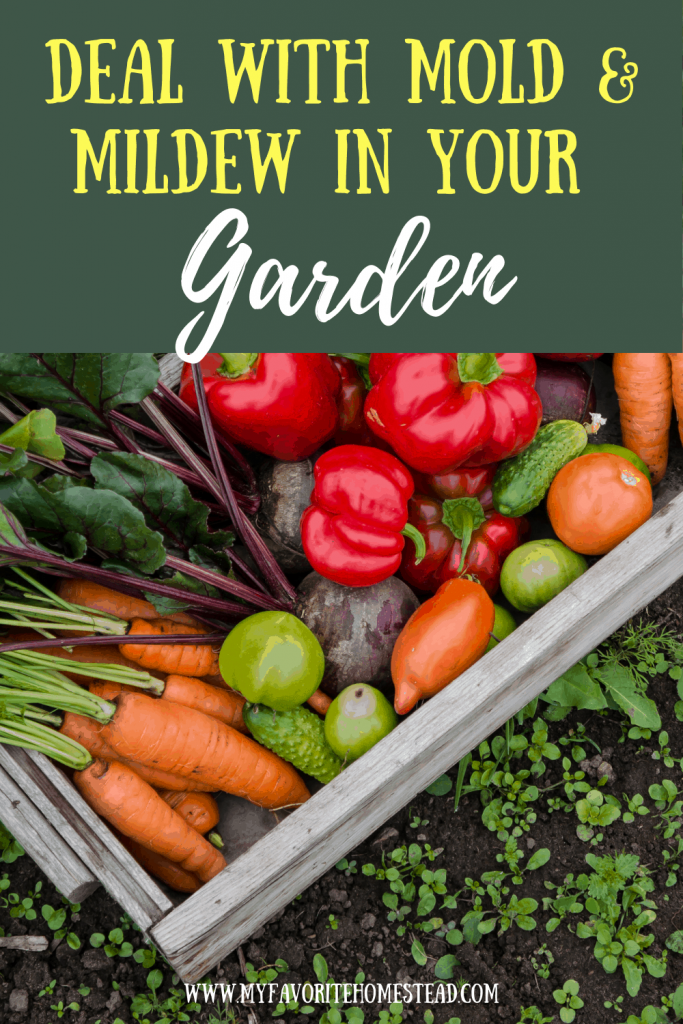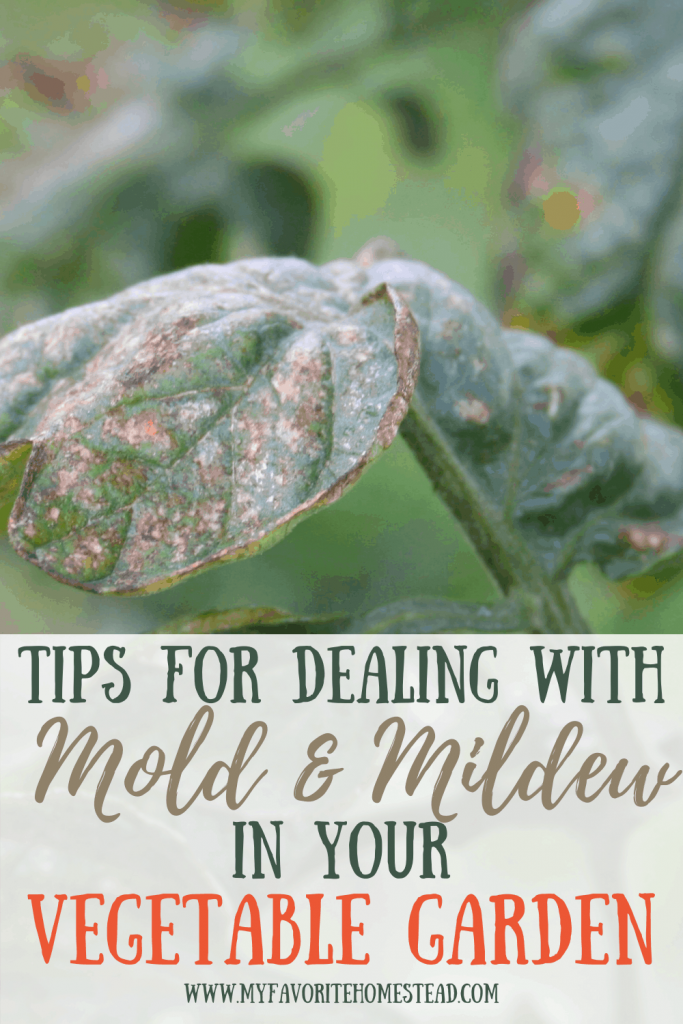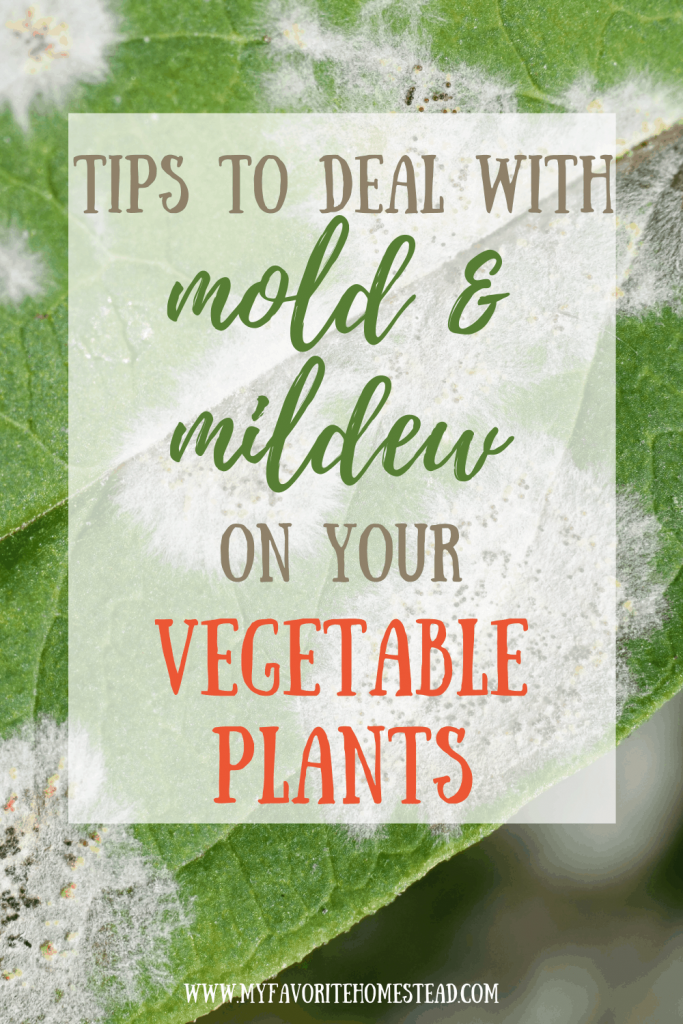How to Deal with Mold & Mildew on your Vegetable Plants
There’s nothing more defeating than taking time to nurture and grow your vegetable plants, only to find that in spite of your care and attention, they’re plagued with mold and mildew.
Learn even more about small homesteading in this article.
Powdery Mildew on Vegetable Plants

Powdery mildew is a problem many gardeners encounter, but it doesn’t have to ruin your vegetable garden if you can commit to taking action to eliminate it or manage it so it doesn’t cause damage to your plants.
It’s not anything that will immediately kill your vegetable garden, but it will cause a deterioration in the health of your plants, leeching nutrients and causing the leaves to shrivel up and turn yellow.
Don’t Crowd Your Garden

You need to be able to identify it so that you can address it when and if it appears. If you notice that your plant suddenly looks like it’s covered in powder on the leaves, stem or flowers, that’s a sign of mildew.
One thing you want to do is see if you’ve given your plants enough room to grow. Sometimes, people crowd their garden so tight with plants that the air doesn’t circulate properly, contributing to the humidity and mildewing of the plants.
Ensure Plants Get Enough Sun

You want to make sure they’re getting plenty of sun, too. If they’re growing in too much shade, it could make the mildew problem worse. You also want to take care to get your soil conditions just right for growing – not overly dry or too saturated with fertilizer. Check out this blog post to calculate the amount of sun your garden gets.
If you’re constantly dealing with mildew issues, then make sure you invest in some of the preventative products that are on the market to help stave off this type of disease and keep your garden healthy.
Remedies for Mold & Mildew
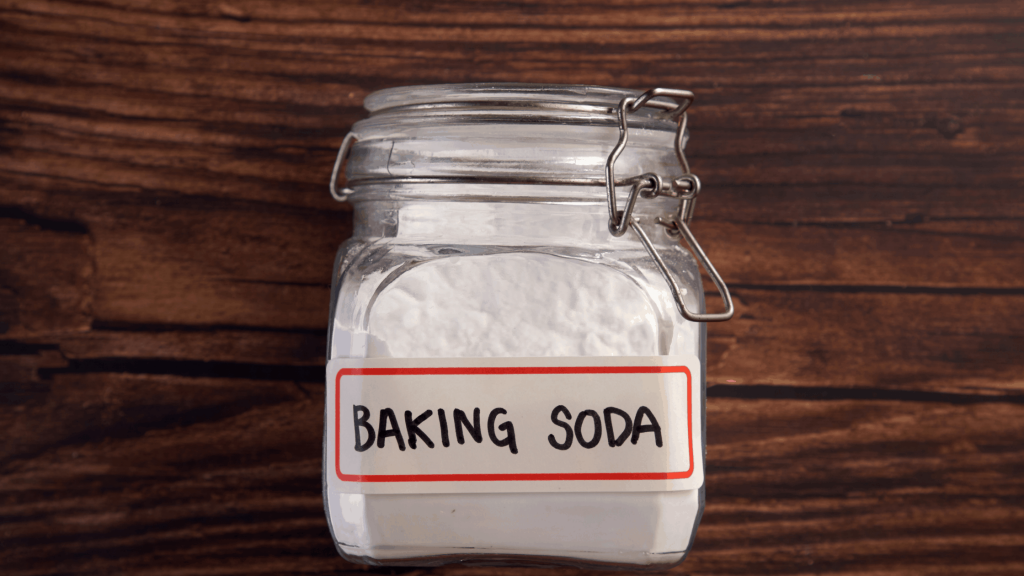
Once the powdery mildew appears, you’ll have to try to remedy the situation. There are a variety of solutions people swear by – including vinegar, milk, baking soda, mouthwash, and Neem oil.
Not every plant responds the same in every climate to these quick fixes, so you may have to test them out one by one to see what works best on your vegetables. Mildew is going to thrive in the dry, warm climates, so even water can sometimes help to remove the mildew.
Treat Early to Protect Your Crop
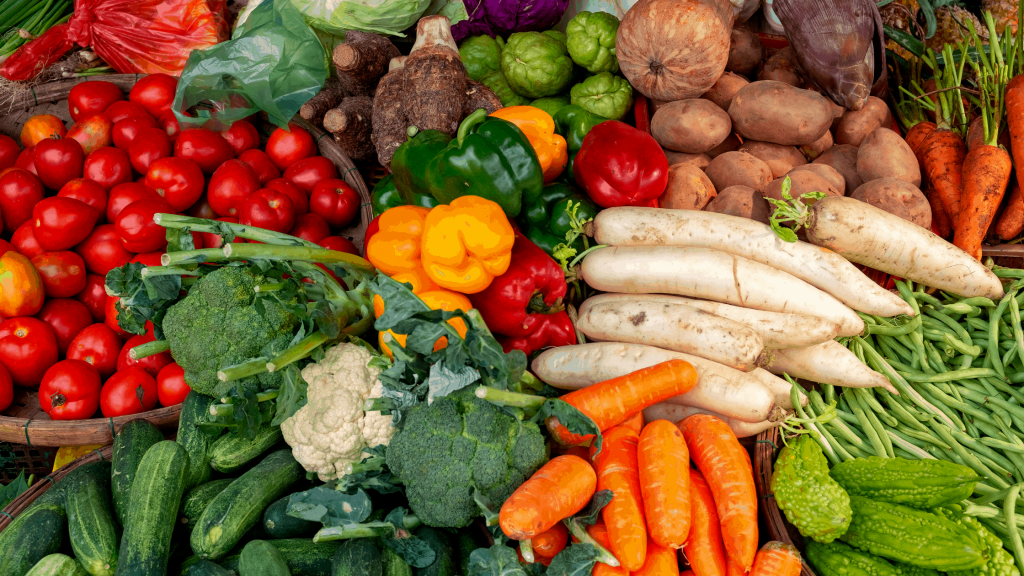
While most plants are susceptible to this issue, you’ll find it more often on plants like cucumbers, lettuce, potatoes, squash, peppers, tomatoes, and zucchini plants. The spores can spread with the wind, so try to catch and treat it early on to protect the rest of your crop.
